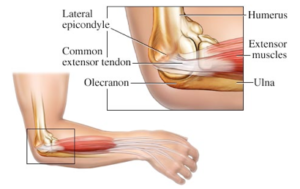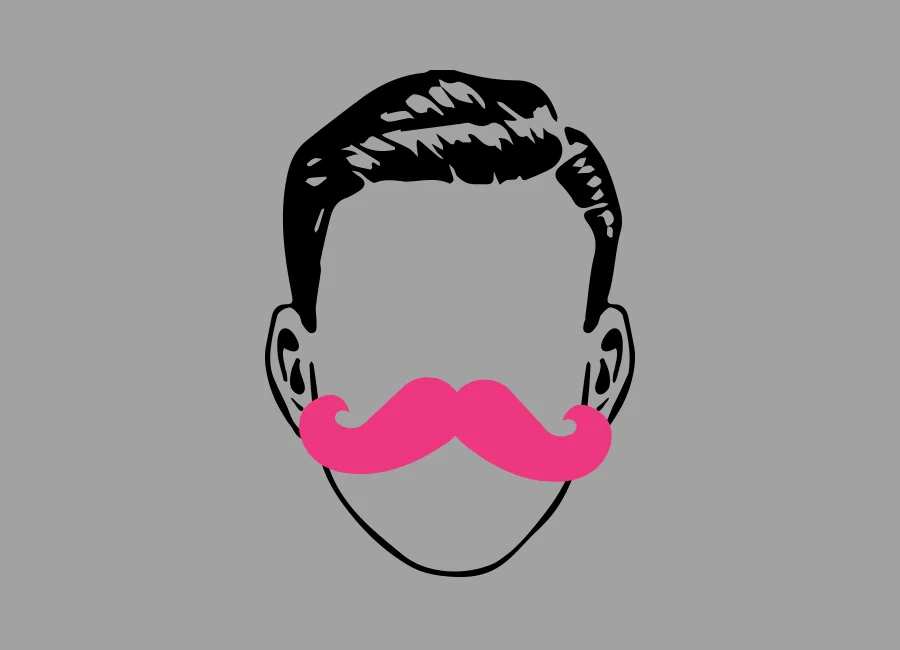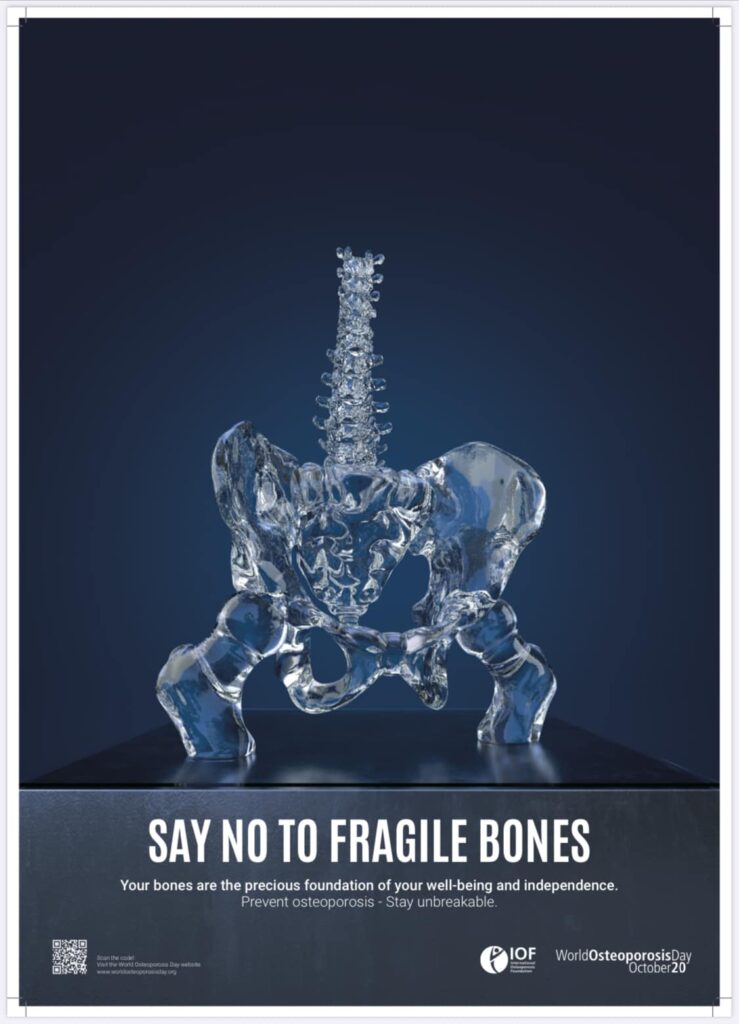‘Tennis elbow’ is the common terminology for a painful condition that affects the elbow(s). The medical name for this condition is lateral epicondylitis.
It is caused by inflammation or damage to the tendons that join the muscles of the forearm to the elbow. This damage is usually caused by over-use or repetitive activities involving the wrist and/or forearm muscles such as playing tennis or other racquet sports, excessive typing or use of a computer mouse, house painting, gardening and carpentry. It also commonly affects professional cooks and butchers.
 It most commonly affects people aged between 30 and 55 years old but it can affect anyone.
It most commonly affects people aged between 30 and 55 years old but it can affect anyone.
Symptoms are usually slow to present and worsen over time. It begins as a mild discomfort that may be intermittent and gradually becomes more painful and restrictive over weeks or months. This may be isolated to one elbow (usually of the dominant hand) but may affect both elbows at the same time.
Common signs and symptoms include:
- Weak grip strength in the hand of the affected arm
- Pain or burning on the outer part of the elbow
- Pain which radiates into the forearm and wrist
- Difficulty making a fist
- Difficulty lifting or twisting objects in certain directions e.g. lifting a coffee cup or opening a door handle.
Diagnosing tennis elbow is fairly straightforward and imaging tests such as X-rays or MRI are not usually required. However if your pain is very severe, or movement in your arm and wrist is very restricted, your Doctor may order imaging tests to ascertain the extent of the damage and rule out other possible causes.
Tennis elbow will usually resolve on its own over time without the need for specific treatments. It is generally advised to avoid the activities which may have led to the inflammation for at least 4-6 weeks to allow the damage to heal, though this is not always realistic.
The Royal Australian College of General Practice (RACGP) recommends avoiding any action that causes significant pain and avoiding lifting heavy objects with the palms down.
Ice packs and heat packs can provide good relief as can over the counter analgesics. There may be some benefit to using an anti-inflammatory topical product such as Voltaren or an oral anti-inflammatory medication, but it is not always required.
If the pain persists for longer than a few months and is interfering with your quality of life, your Doctor may refer you to a physiotherapist who can suggest some stretching exercises to alleviate pain and strengthen the muscles in the forearm. They may also suggest a brace or strap to support the injured area.
In very severe cases, your Doctor may recommend a cortico-steroid injections, platelet rich plasma injections (PRP) or possibly even surgery in very rare cases.
For most people (80-95% of cases) conservative management is sufficient and the condition resolves on its own within 6 months to 2 years.




